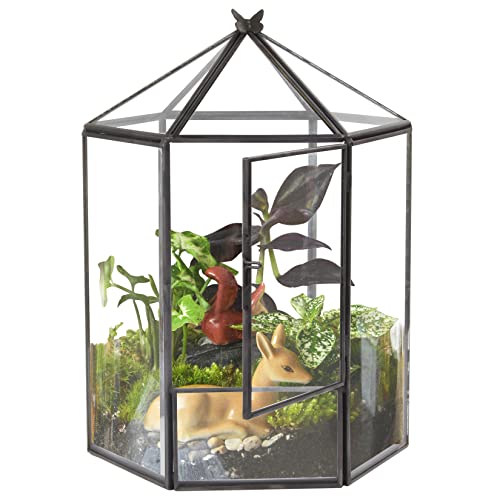Loops117
Well-known member
So, i was reading the different reasons to why Phyllocrania paradoxa (Ghost Mantis) and Gongylus gongylodes (Wandering violin mantis) are communal, and i can't help but think about putting them together.
P.paradoxa doesn't each other because of their hunting habits. They prefer smaller foods and shy from larger.
G.gongylodes doesn't eat each other because they're strictly flying insect eaters.
So with this being said, can the two live together in one large setup? The Gongys will be larger than the ghost mantids, so the ghosts wont try to eat them. And the gongys shouldn't try eating anything walking around?
Someone please correct me if im wrong on any of this.
P.paradoxa doesn't each other because of their hunting habits. They prefer smaller foods and shy from larger.
G.gongylodes doesn't eat each other because they're strictly flying insect eaters.
So with this being said, can the two live together in one large setup? The Gongys will be larger than the ghost mantids, so the ghosts wont try to eat them. And the gongys shouldn't try eating anything walking around?
Someone please correct me if im wrong on any of this.
Last edited by a moderator:












































